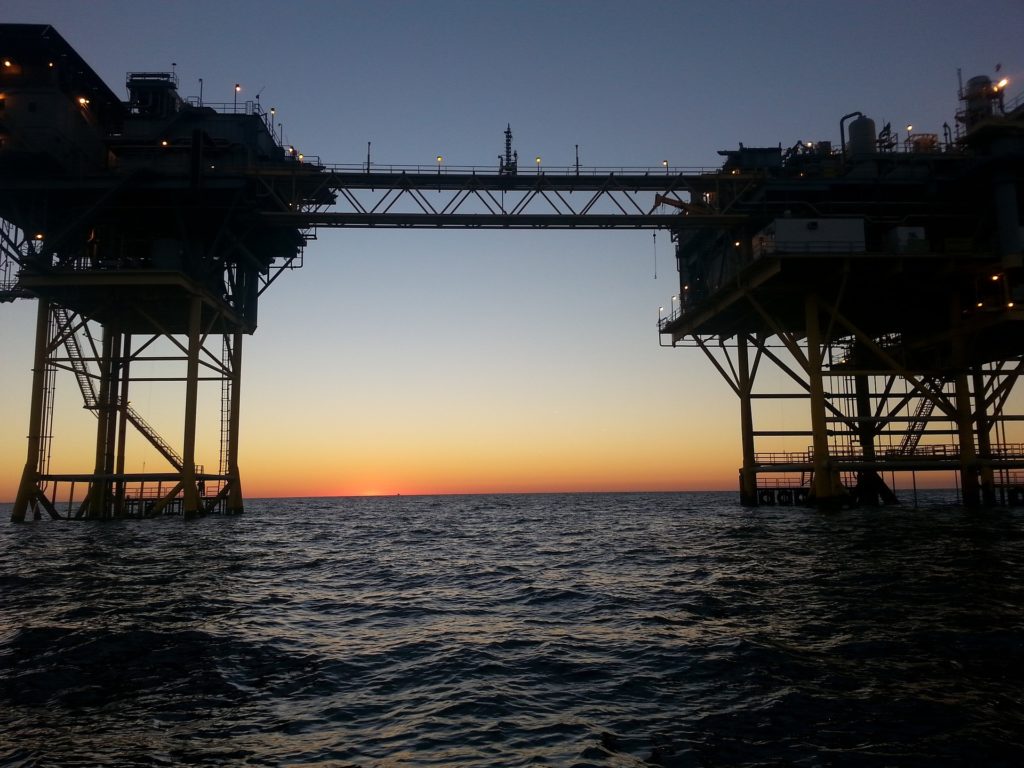The Offshore and Maritime procurement activities are following a different process with the onshore procurement, due to their specific environment, facing different challenges such as bad weather or safety issues.
The second element to take into consideration is certainly that offshore platforms and vessels are moving around the globe, so the utilisation of supply vessels is necessary to support their daily operations and to insure a safe delivery of goods, spare parts, equipment, food, and others supplies on board. The vessels may do port calls from time to time for crew changes, replenishment of food, water supply, MGO, or spare parts. The offshore platforms will stay at position during the full duration of the project and will have to be supported by supply vessels.
So what are the best practices and key elements to take in consideration, in order to stream line the overall purchasing process and to optimise the supply chain activities and finally avoid critical issues such as the non delivery of critical goods or facing down time due to a lack of any supplies, which are having a direct impact on the revenue ?
How the digitalisation could help to improve the procurement activities, in term of delay, cost and overall performance of the supply chain process for the vessels in operation ?
First-able it’s important to understand the daily operational purchasing activities, which requires the vessel crew and the onshore purchasers to communicate about the vessels needs and the port call and crew change schedule.
It’s also important to mention here that the supply chain team, will have to engage will a significant number of suppliers and service providers from all continents, as the operations are usually happening world-wide. As a result it’s pretty standard to see the purchasing organisations having to deal with a suppliers base, including up to 15000 or 30000 suppliers.
What are the key challenges here:
- to find the same service or equipments in various location
- to control or moderate its cost variation
- to keep the suppliers’ database, up to date
So how to proceed here:
- May be looking at the current situation, which is usually a group of very operational buyers, supported by a purchasing tool or may be just excel spreadsheets, provided that the crew may also place orders directly to the suppliers
- The stock management may be also, put aside due to a lack of supporting tool or ressources on board
The Best practices and continuous improvement opportunities:
Working to improve what is in place at first, by improving the existing and on-going procurement process, by:
- coordinating the request on board with the flow of orders issued onshore
- streamline the flow of purchase orders and deliveries with the vessels schedule
- Optimise the pick up, storage and delivery of the goods, in the most effective way
- Control the price, quality and delivery terms when possible by having metrics here
This process is certainly working fine for those who are only focused on their operational goals, but in reality the economical situation has created the need to reinforce the cost control overall process, since the companies net margins are now under pressure.
It’s also important to point out that critical economic situations, means possibly to face suppliers taking orders and payment but with no abilities to deliver due to their economical situation
This situation has pushed the organisations to focus more on the definition of their sourcing strategy and beeing more accurate with their cost management:
- by initiating the negotiation of commercial agreement with key supplies.
- by hiring sourcing managers, to act as a key interface with the suppliers market
- by considering to work against reduced operational budgets due to the new economical situation
Another key cost element is certainly the logistic cost, which is including the importation and transportation cost elements. This process need to be more controlled in order to optimise the prices variation and TCO.
- by consolidating the shipment to the vessels
- by coordinating the deliveries with the vessels schedules
- by selecting the cheapest means of transportation
And finally the Digitalisation process shall be to capture and to control the overall process, with the utilization of an ERP solution, including:
- the management of multiple stocks in value and quality
- the coordination of various teams activities against internal and external constraintes
- the standardisation and control of the operating costs
However the digitalisation process shall be extended to the equipment management process, which will have a direct impact on the elements mentioned above. This is certainly key to deploy specific sensors, IoT solutions, that will allow to fine tune the equipment overall performance, such as MTBF , MTTR ratio or CO2, NOx emissions
What is missing now and could even make your organisation more effective and profitable ?
certainly considering to be able to anticipate the market constraints and the suppliers capabilities, which will allow your organization:
- to sign very effective agreements
- to maintain the cost to its optimum
- to define goals and objectives, both parties can comply with
In order to conclude; Being successful with such business transformation projects, requires to involve external ressources with a large panel of skills, and with enough experience with the deployment of the most effective solutions.




